Home>Gardening & Outdoor>Plant Care & Gardening Tips>When To Seed Wildflower In Houston
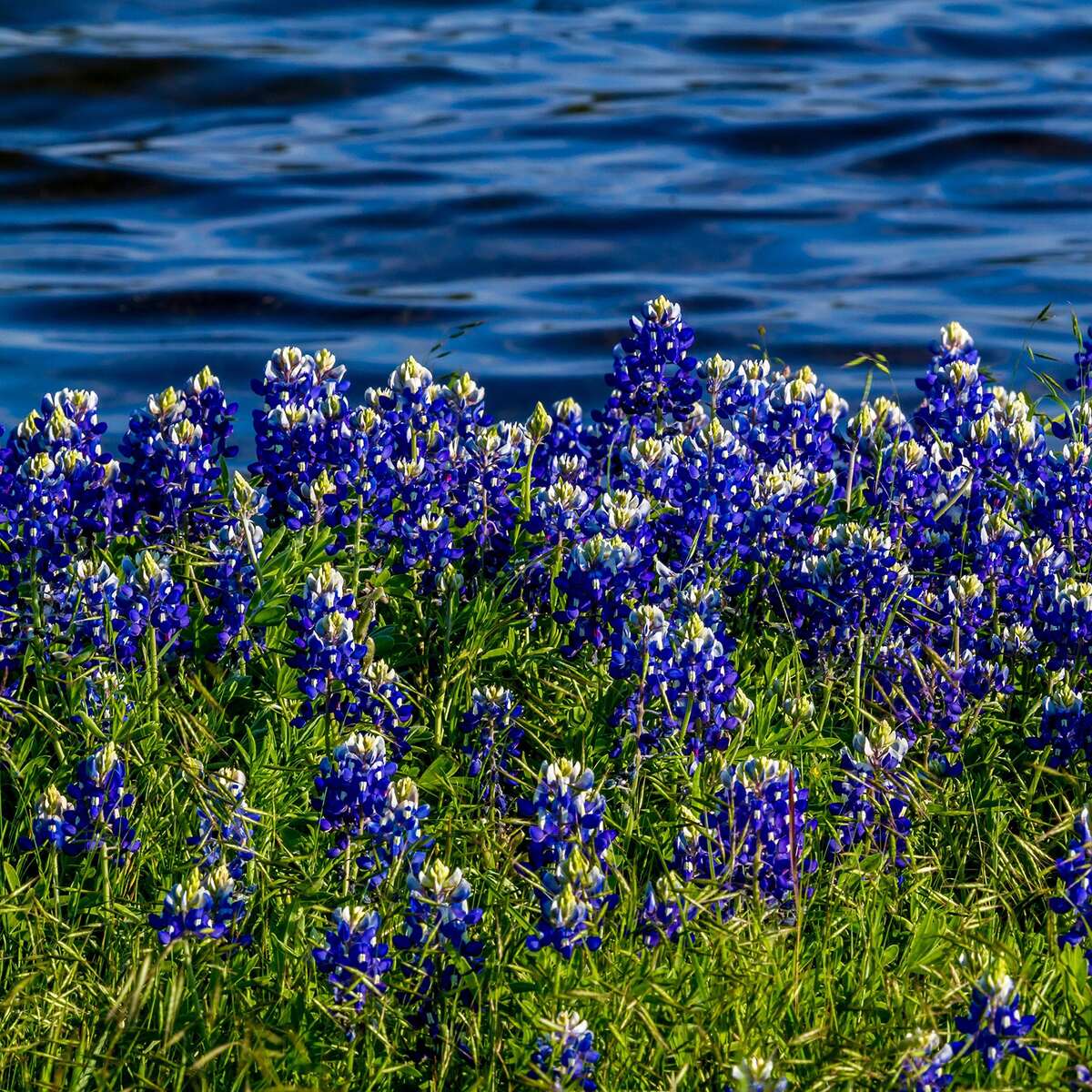

Plant Care & Gardening Tips
When To Seed Wildflower In Houston
Modified: January 9, 2024
Learn the best time to seed wildflowers in Houston and get expert plant care and gardening tips for a beautiful and thriving garden. Discover the secrets to successful wildflower planting!
(Many of the links in this article redirect to a specific reviewed product. Your purchase of these products through affiliate links helps to generate commission for Storables.com, at no extra cost. Learn more)
Introduction
Welcome to the vibrant world of wildflowers in Houston! If you’re a nature enthusiast, gardening aficionado, or someone who simply appreciates the beauty of blooming flora, you’re in for a treat. Wildflowers have a unique charm and a captivating allure, and when it comes to Houston’s climate, they can thrive in a spectacular manner.
Whether you’re a seasoned gardener or just starting out, the prospect of seeding wildflowers in Houston is an exciting endeavor. In this comprehensive guide, we’ll delve into the best timing for seeding wildflowers, the ideal wildflower seed selection, soil preparation, seeding techniques, and post-seeding care. By the end of this journey, you’ll be equipped with the knowledge and confidence to cultivate a stunning wildflower haven in your Houston garden.
So, let’s embark on this horticultural adventure and unlock the secrets to successful wildflower seeding in the enchanting city of Houston.
Key Takeaways:
- Seeding wildflowers in Houston is best done in the fall to sync with nature’s rhythms, ensuring a vibrant and resilient wildflower display that thrives in the city’s unique climate.
- Choosing native wildflower species, preparing the soil with care, and providing ongoing support post-seeding are essential for nurturing a captivating wildflower haven in Houston’s gardens.
Read more: When To Seed Wildflowers
Understanding the Climate in Houston
Before delving into the specifics of seeding wildflowers, it’s crucial to grasp the unique climate of Houston. Situated in the Gulf Coast region of Texas, Houston experiences a humid subtropical climate, characterized by hot and humid summers and mild winters. The city’s proximity to the Gulf of Mexico influences its climate, resulting in ample rainfall and high humidity levels.
Summers in Houston are known for their sweltering heat, with average daytime temperatures often exceeding 90°F (32°C). The humidity adds to the discomfort, making the “feels like” temperature even higher. Winters, on the other hand, are relatively mild, with average daytime temperatures ranging from 60°F to 70°F (15°C to 21°C). Although frost is rare, occasional cold fronts can cause temperatures to drop near freezing.
Precipitation in Houston is abundant, with the city receiving a significant amount of rainfall throughout the year. The wettest months typically span from April to June, coinciding with the onset of the growing season for many plants. However, it’s important to note that Houston is susceptible to extreme weather events, including heavy downpours and occasional flooding, especially during the hurricane season.
Understanding Houston’s climate is essential when planning the seeding of wildflowers. The choice of wildflower species, the timing of seeding, and the preparation of the soil should all be aligned with the city’s unique climatic conditions. By adapting to the nuances of Houston’s climate, you can create an environment where wildflowers can flourish and paint the landscape with their resplendent colors.
Best Time to Seed Wildflowers in Houston
Timing is of the essence when it comes to seeding wildflowers in Houston. The optimal window for seeding wildflowers in this region is during the fall, specifically between mid-October and mid-November. This timeframe aligns with the transition from the scorching heat of summer to the milder temperatures of autumn, creating favorable conditions for wildflower germination and establishment.
Seeding wildflowers in the fall allows the seeds to undergo a process called stratification, where they experience a period of moist, cool conditions that break seed dormancy. This natural stratification prepares the seeds for germination once the temperatures start to rise in the following spring. By seeding in the fall, you are essentially setting the stage for a breathtaking wildflower display in the coming year.
Another advantage of fall seeding is that it capitalizes on the ample rainfall typically observed in Houston during the fall and winter months. The moisture from seasonal rains provides the necessary hydration for the seeds to germinate and the young seedlings to establish robust root systems before the onset of the drier months.
While fall is the prime season for wildflower seeding, it’s important to avoid seeding too late into the season, as this may not allow sufficient time for the seeds to establish before the arrival of colder temperatures. Additionally, early spring seeding can be an alternative if missed in the fall, but it may require more diligent watering to support germination and early growth due to the drier spring conditions.
By seizing the opportune moment to seed wildflowers in Houston, you can harness the natural rhythms of the seasons to cultivate a wildflower spectacle that will enrapture the senses and elevate the beauty of your outdoor space.
Choosing the Right Wildflower Seeds
When it comes to seeding wildflowers in Houston, selecting the appropriate wildflower seeds is a pivotal step in the process. The diverse climate of Houston, with its hot and humid summers, mild winters, and ample rainfall, offers a hospitable environment for a wide array of wildflower species to thrive. Here are some key considerations to keep in mind when choosing the right wildflower seeds for your Houston garden:
- Native Species: Opt for native wildflower species that are indigenous to the Gulf Coast region of Texas. These species have evolved to thrive in the local climate and soil conditions, making them well-suited for Houston’s environment. Native wildflowers also play a crucial role in supporting local ecosystems and wildlife.
- Diversity and Color Palette: Aim for a diverse selection of wildflowers that bloom at different times, ensuring a continuous display of colors throughout the growing season. Consider a mix of vibrant hues, including blues, purples, yellows, and reds, to create a visually captivating wildflower landscape.
- Adaptability and Resilience: Look for wildflower species known for their adaptability and resilience in varying conditions. Given Houston’s fluctuating climate and occasional extreme weather events, choosing resilient wildflowers can enhance the likelihood of successful establishment and longevity.
- Soil Compatibility: Take into account the soil composition of your garden area. Some wildflower species thrive in well-drained soils, while others prefer moist or sandy soils. Select seeds that align with the specific soil characteristics of your planting site to optimize their growth and development.
- Attractiveness to Pollinators: Prioritize wildflowers that attract pollinators such as bees, butterflies, and hummingbirds. Supporting pollinator populations is not only beneficial for the ecosystem but also contributes to the overall health and vibrancy of your garden.
Whether you opt for a pre-mixed wildflower seed blend or curate your own selection of individual species, the key is to strike a balance between variety, adaptability, and ecological significance. By thoughtfully choosing the right wildflower seeds, you can lay the groundwork for a captivating and sustainable wildflower display that harmonizes with the natural rhythms of Houston’s climate.
You can seed wildflowers in Houston in the fall or early spring for best results. This allows the seeds to establish before the heat of summer. Be sure to choose native wildflowers for the best chance of success.
Preparing the Soil for Wildflower Seeding
Before sowing the seeds of enchanting wildflowers in your Houston garden, it’s essential to prepare the soil to provide an optimal environment for germination and growth. The following steps will guide you through the process of soil preparation, setting the stage for a flourishing wildflower haven:
- Assess Soil Composition: Begin by assessing the composition of your soil. Houston’s soil varies across different areas, ranging from clayey soils to sandy loams. Understanding your soil type enables you to make informed decisions regarding soil amendments and drainage considerations.
- Soil Testing: Consider conducting a soil test to determine the pH level and nutrient content of your soil. This information can guide the application of soil amendments to optimize the soil conditions for wildflower growth.
- Amendments and Organic Matter: Based on the soil test results, incorporate organic matter such as compost or well-rotted manure to improve soil structure and fertility. Organic matter enhances moisture retention, promotes beneficial microbial activity, and provides essential nutrients for the developing wildflowers.
- Soil Aeration: If the soil is compacted, utilize a garden fork or a mechanical aerator to alleviate compaction and improve air circulation within the soil. Adequate soil aeration facilitates root development and nutrient uptake, fostering healthy wildflower growth.
- Weed Control: Prior to seeding, address any existing weeds in the planting area. Remove weeds manually or consider using environmentally friendly weed control methods to minimize competition for resources and space once the wildflowers begin to germinate.
- Moisture Considerations: Ensure that the soil is adequately moist but not waterlogged before seeding. Adequate moisture primes the soil for seed germination and encourages the initial stages of wildflower establishment.
By meticulously preparing the soil for wildflower seeding, you create a nurturing foundation that supports the successful germination and growth of the chosen wildflower species. This proactive approach sets the stage for a vibrant and resilient wildflower display that harmonizes with the natural landscape of Houston.
Read more: When To Plant Grass In Houston
Seeding Wildflowers in Houston
With the soil primed and the chosen wildflower seeds at the ready, it’s time to embark on the captivating process of seeding wildflowers in your Houston garden. Follow these steps to sow the seeds and set the stage for a breathtaking display of native blooms:
- Even Seed Distribution: Begin by evenly broadcasting the wildflower seeds over the prepared soil. For smaller areas, hand broadcasting is effective, while larger expanses may benefit from the use of a seed spreader to ensure uniform coverage.
- Light Raking or Tamping: After seeding, lightly rake the soil or gently tamp it to ensure good seed-to-soil contact. This step aids in seed germination by anchoring the seeds and promoting soil-seed interface, facilitating the absorption of moisture and nutrients.
- Protective Mulch: Consider applying a thin layer of protective mulch over the seeded area to conserve moisture, regulate soil temperature, and deter birds from consuming the seeds. Opt for biodegradable mulch materials that allow sunlight to reach the seeds.
- Watering Technique: Following seeding, gently water the area with a fine mist or a gentle shower setting to avoid displacing the seeds. Ensure that the soil remains consistently moist but not waterlogged during the germination period, typically spanning a few weeks.
- Monitoring and Patience: Exercise patience and monitor the seeded area regularly for signs of germination. Depending on the wildflower species, germination may occur within a few weeks to a few months. Be attentive to the needs of the emerging seedlings, providing supplemental water if required.
It’s important to note that while wildflowers are resilient and adaptable, successful establishment depends on providing the ideal growing conditions during the critical early stages. By sowing the seeds with care and attention to detail, you are laying the groundwork for a captivating wildflower spectacle that will grace your Houston garden with its natural splendor.
Caring for Wildflowers After Seeding
After the exhilarating process of seeding wildflowers in your Houston garden, it’s essential to provide ongoing care to nurture the emerging seedlings and ensure the long-term vitality of the wildflower display. Here are key strategies for caring for wildflowers after seeding:
- Watering Regimen: Initially, maintain consistent soil moisture to support the germination and establishment of the wildflower seedlings. As the seedlings mature, gradually transition to a more natural watering regimen, allowing the plants to adapt to the local rainfall patterns while ensuring they receive supplemental water during dry spells.
- Weed Management: Vigilantly monitor the wildflower bed for any encroaching weeds. Promptly remove weeds to minimize competition for resources and prevent them from overshadowing or inhibiting the growth of the wildflowers.
- Thinning if Necessary: In some cases, wildflower seedlings may require thinning to prevent overcrowding and promote healthy growth. If the seedlings appear densely packed, consider carefully thinning them to allow adequate space for individual plants to flourish.
- Supportive Pruning: As the wildflowers mature, consider light pruning or deadheading to encourage prolonged blooming and maintain the overall health and vigor of the plants. Removing spent blooms can redirect the plant’s energy towards producing new flowers, extending the visual impact of the wildflower display.
- Observation and Adaptation: Observe the wildflowers closely, noting their response to the local climate and soil conditions. Adapt your care practices based on the specific needs and behaviors of the wildflower species, fostering a harmonious relationship between the plants and their environment.
- Appreciation and Enjoyment: Finally, take the time to appreciate the evolving beauty of the wildflowers as they bloom and transform the landscape. Embrace the seasonal variations and the diverse array of colors and forms that the wildflowers exhibit, allowing nature’s artistry to unfold before your eyes.
By tending to the needs of the wildflowers and fostering a nurturing environment, you are cultivating a living tapestry of native blooms that contributes to the ecological richness and visual splendor of your Houston garden. Embrace the journey of caring for wildflowers after seeding, and revel in the enchanting rewards that nature bestows upon those who tend to its delicate creations.
Conclusion
As we conclude this journey into the realm of wildflower seeding in Houston, we reflect on the profound beauty and ecological significance that wildflowers bestow upon the urban landscape. By understanding the unique climate of Houston and aligning our seeding practices with the rhythms of nature, we have unraveled the secrets to cultivating a resplendent wildflower haven that thrives amidst the city’s subtropical embrace.
The best time to seed wildflowers in Houston, nestled within the enchanting window of fall, presents an opportunity to synchronize with the natural cycle of growth and renewal. By choosing native wildflower species, preparing the soil with care, and sowing the seeds with reverence, we set the stage for a captivating display of colors and textures that harmonize with the local ecosystem.
As the wildflowers take root and unfurl their petals, we embrace the role of stewards, providing attentive care and support to nurture their flourishing presence. Through mindful watering, vigilant weed management, and a keen eye for the evolving needs of the wildflowers, we cultivate a living canvas that celebrates the resilience and diversity of native flora.
Ultimately, the journey of seeding and caring for wildflowers in Houston transcends horticulture; it becomes a testament to our connection with the natural world and a celebration of the ephemeral yet enduring beauty that unfolds in our gardens. The wildflowers, with their ever-changing tapestry of colors, serve as a reminder of the wondrous cycles of life and the profound impact of embracing nature’s rhythms.
As we stand amidst the flourishing wildflowers in our Houston gardens, we are not merely witnesses to their splendor; we are integral participants in a timeless dance of growth, transformation, and renewal. Let us continue to cultivate these vibrant oases, where wildflowers sway in the gentle Gulf Coast breeze, inspiring awe and reverence for the untamed beauty that thrives in our midst.
May the wildflowers of Houston’s gardens serve as a testament to the enduring power of nature’s artistry and the boundless joy that springs from nurturing the living tapestry that surrounds us.
Frequently Asked Questions about When To Seed Wildflower In Houston
Was this page helpful?
At Storables.com, we guarantee accurate and reliable information. Our content, validated by Expert Board Contributors, is crafted following stringent Editorial Policies. We're committed to providing you with well-researched, expert-backed insights for all your informational needs.
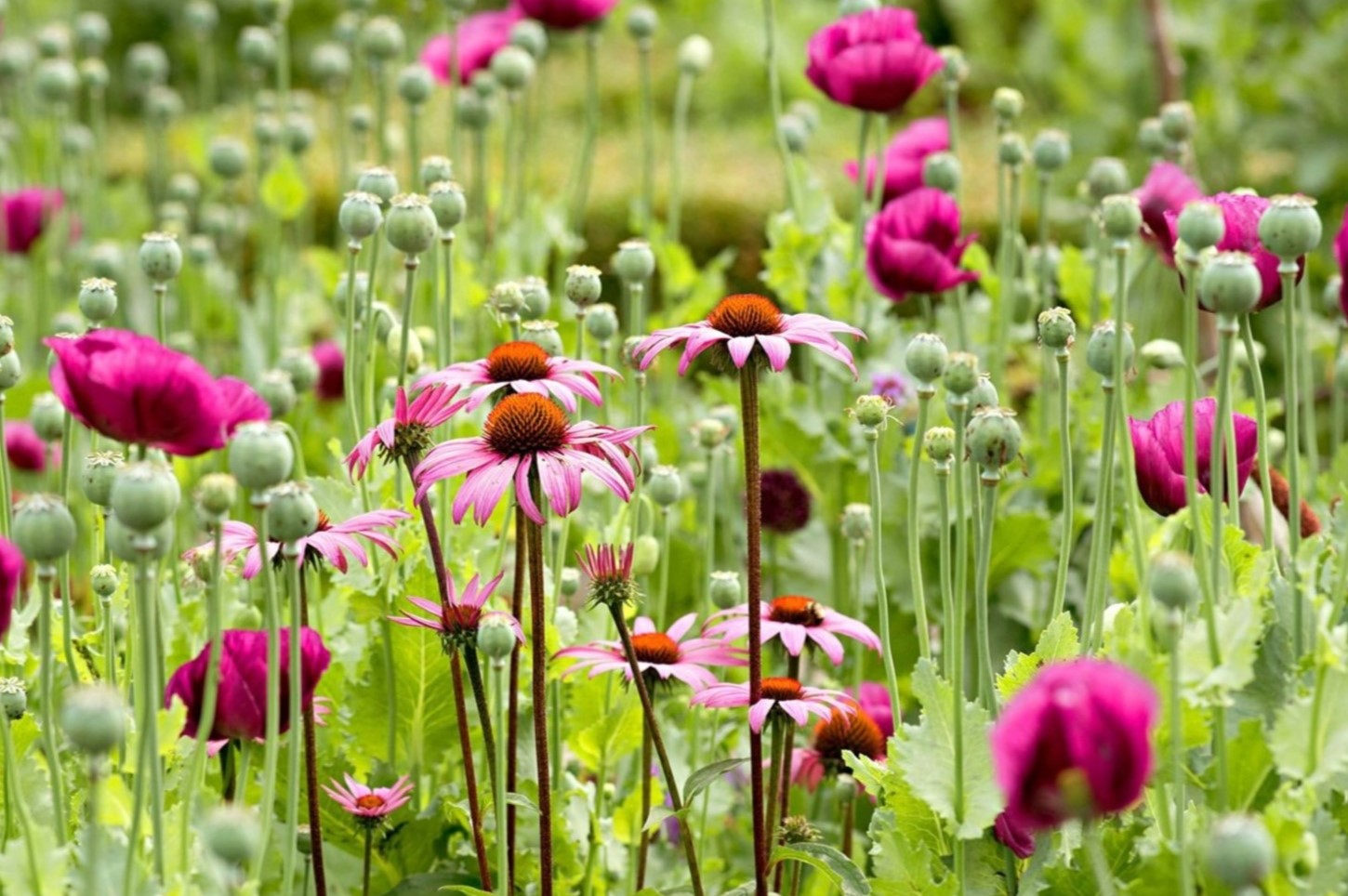
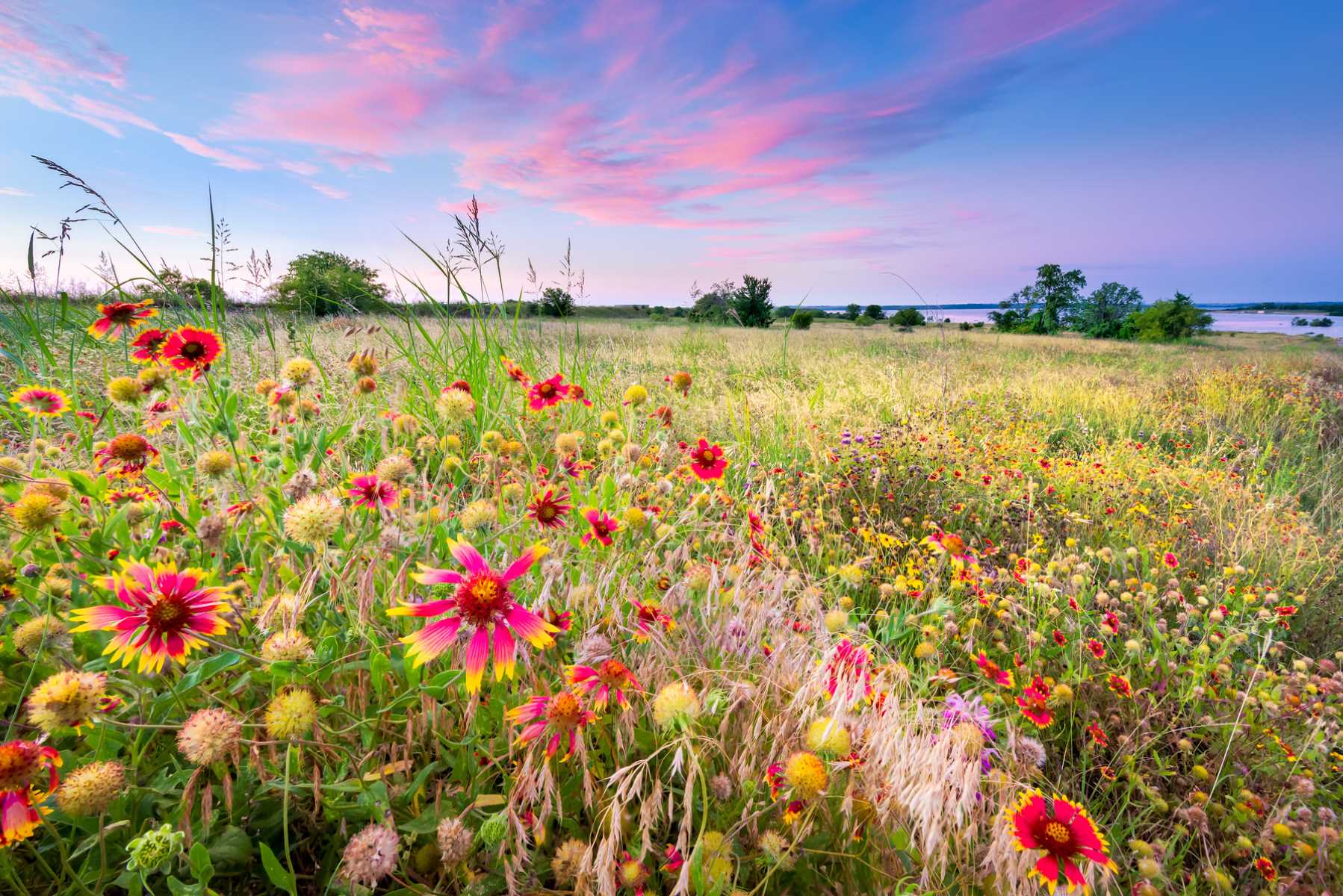
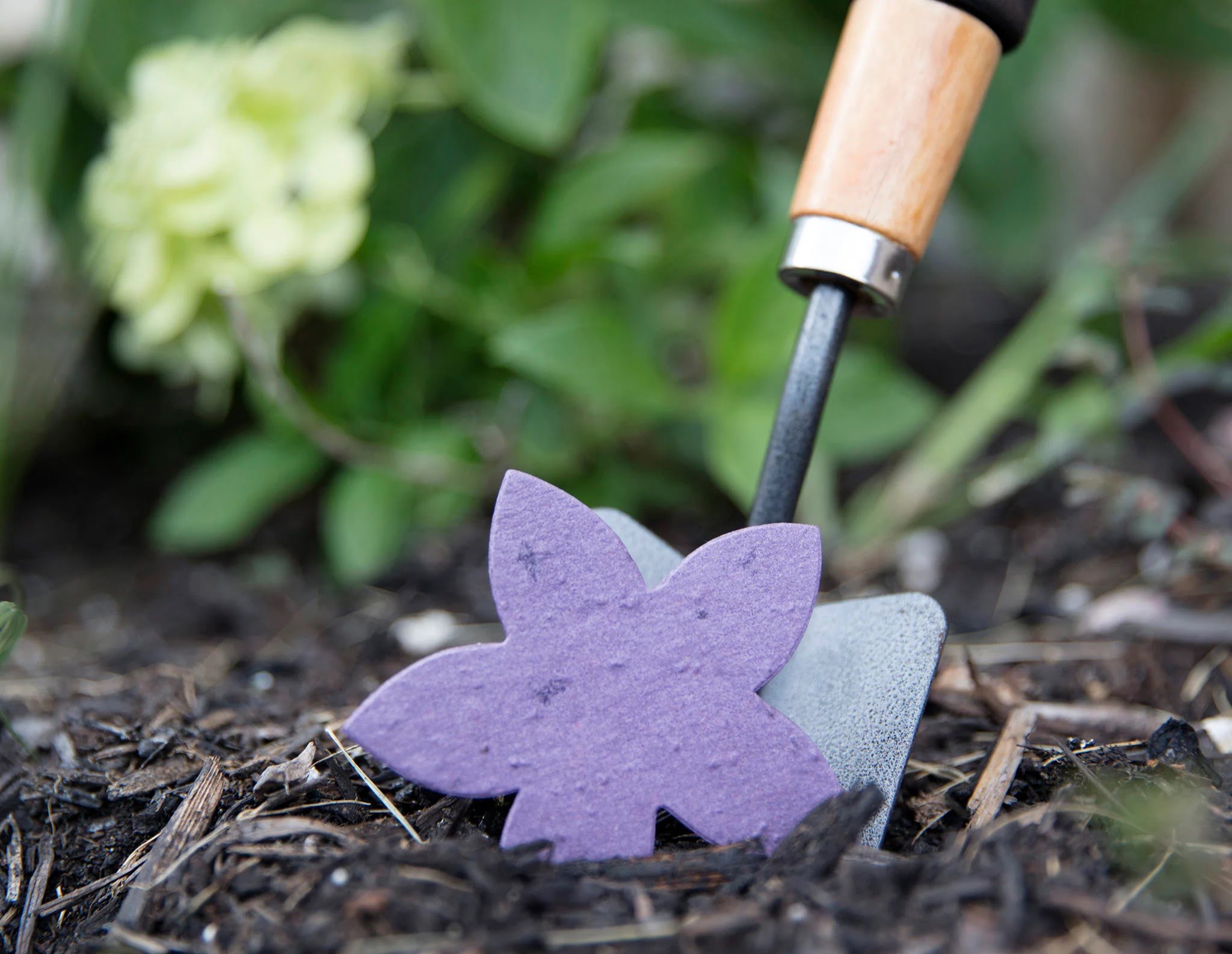
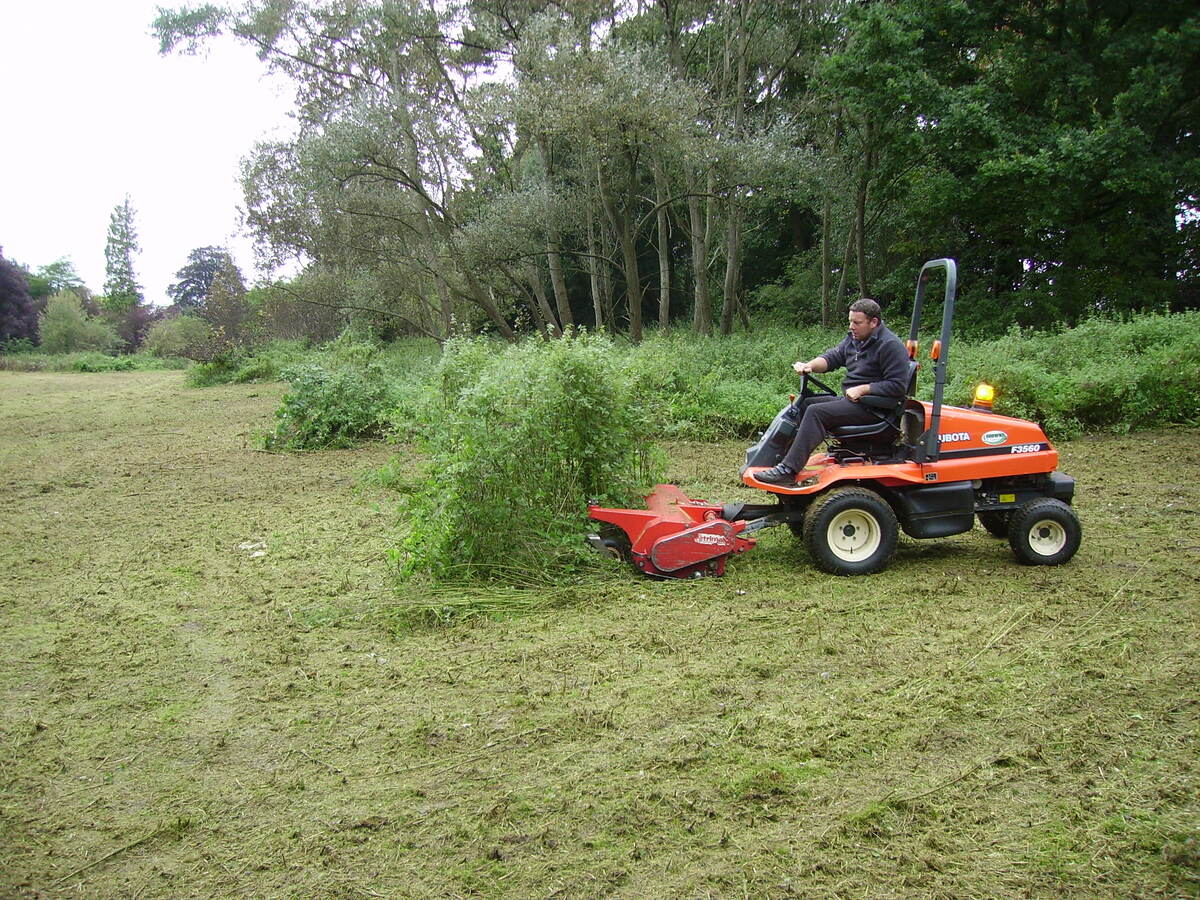
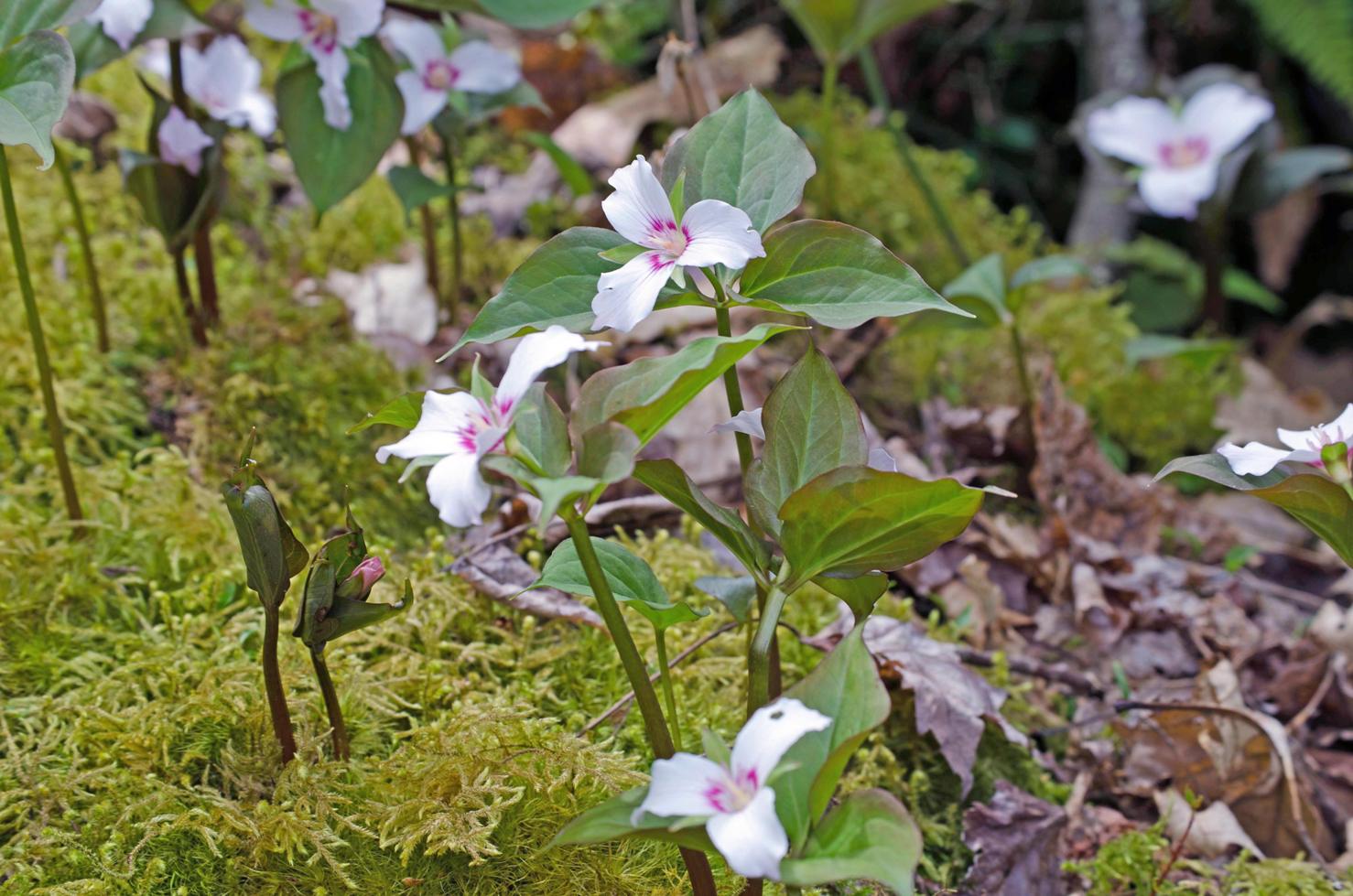
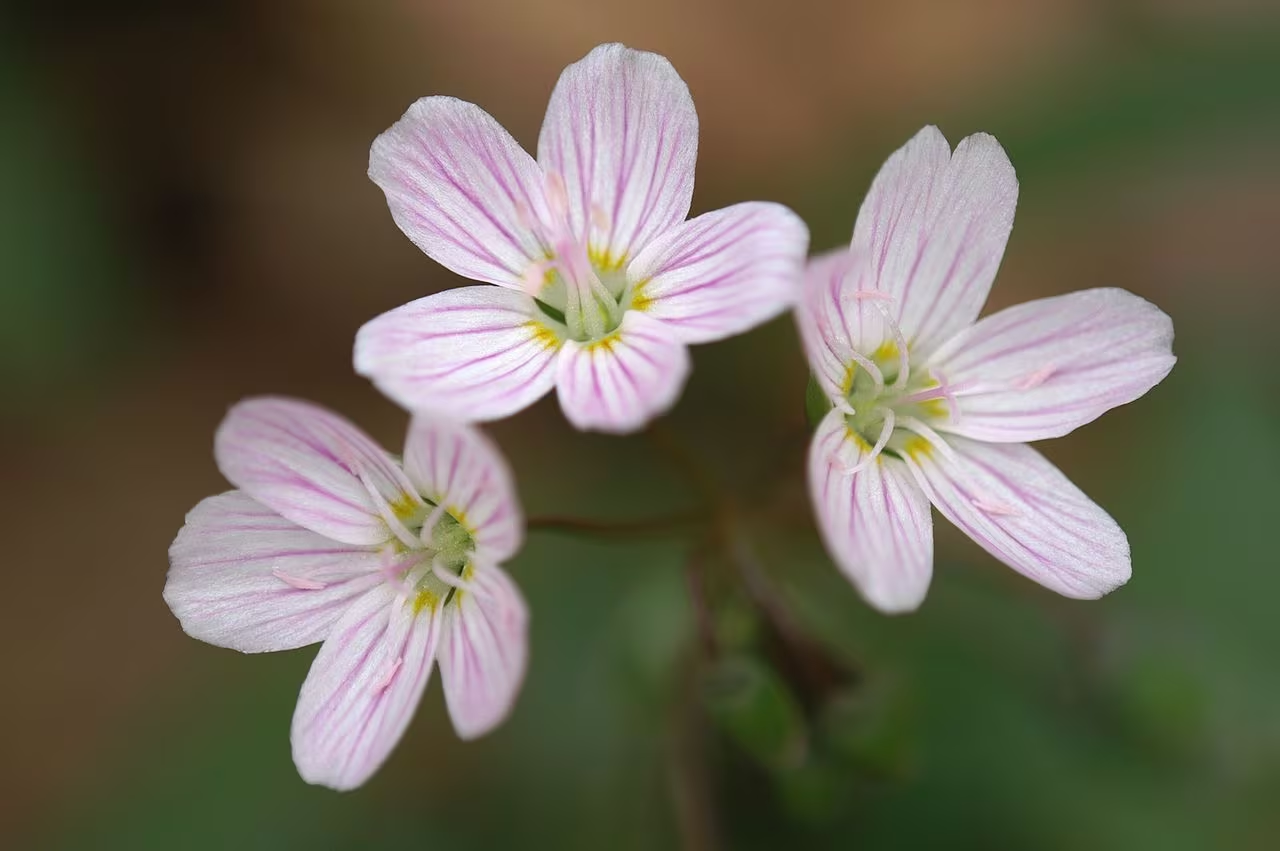
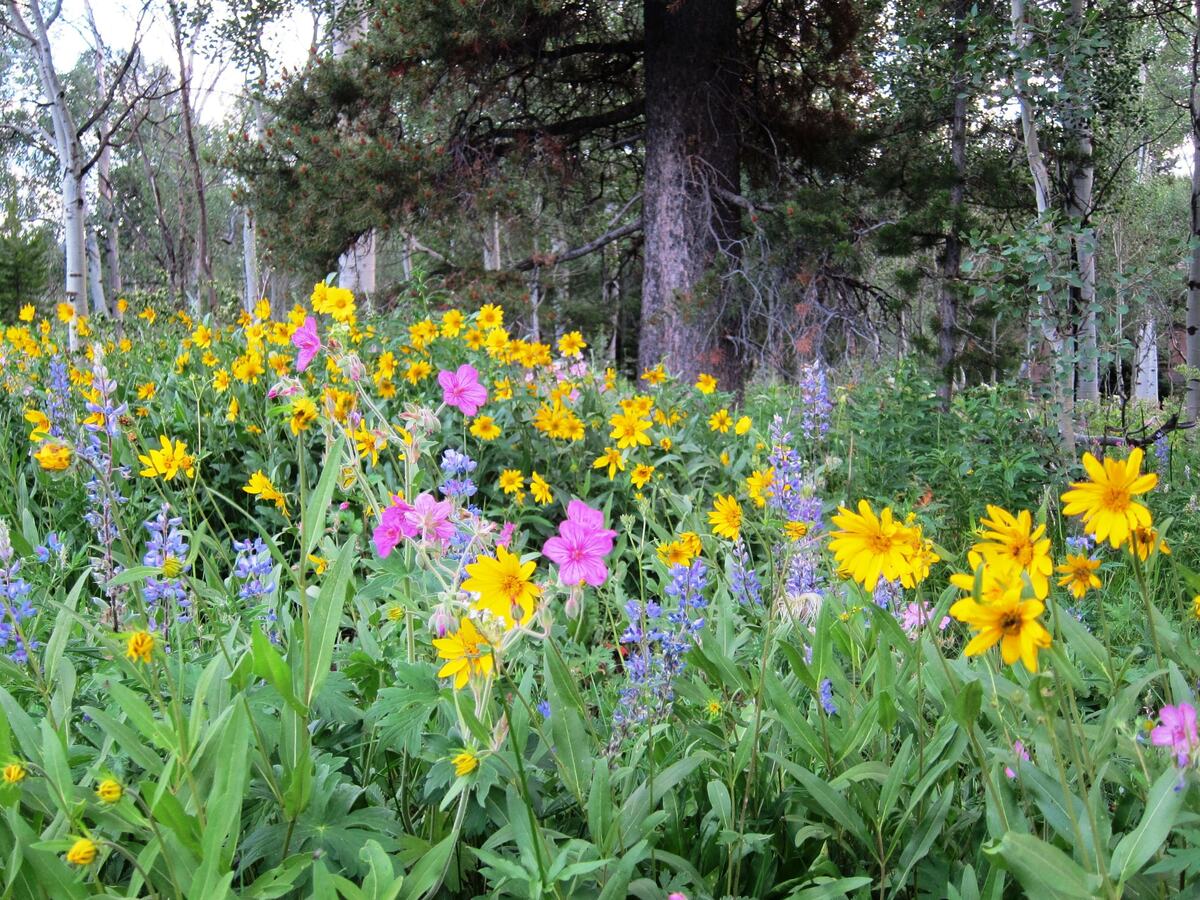
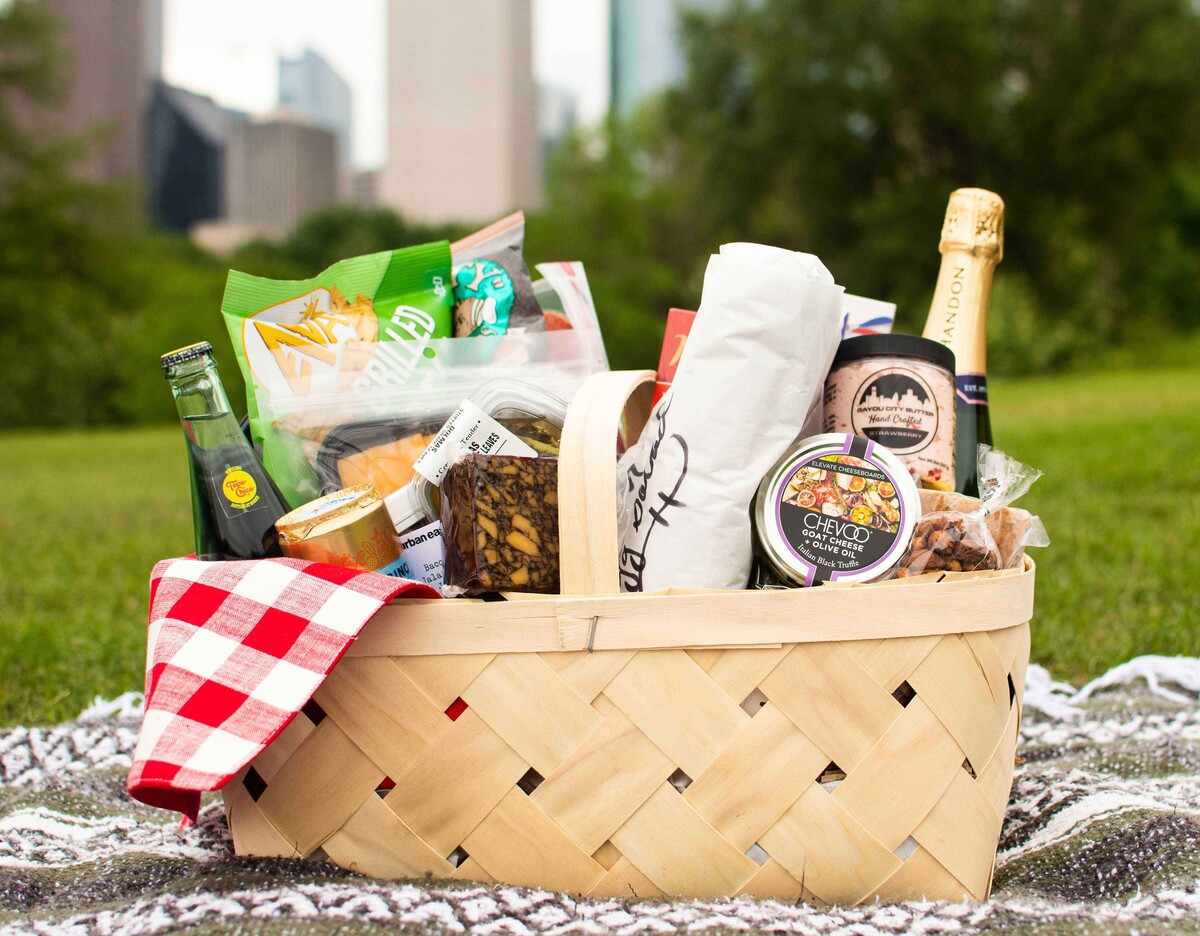
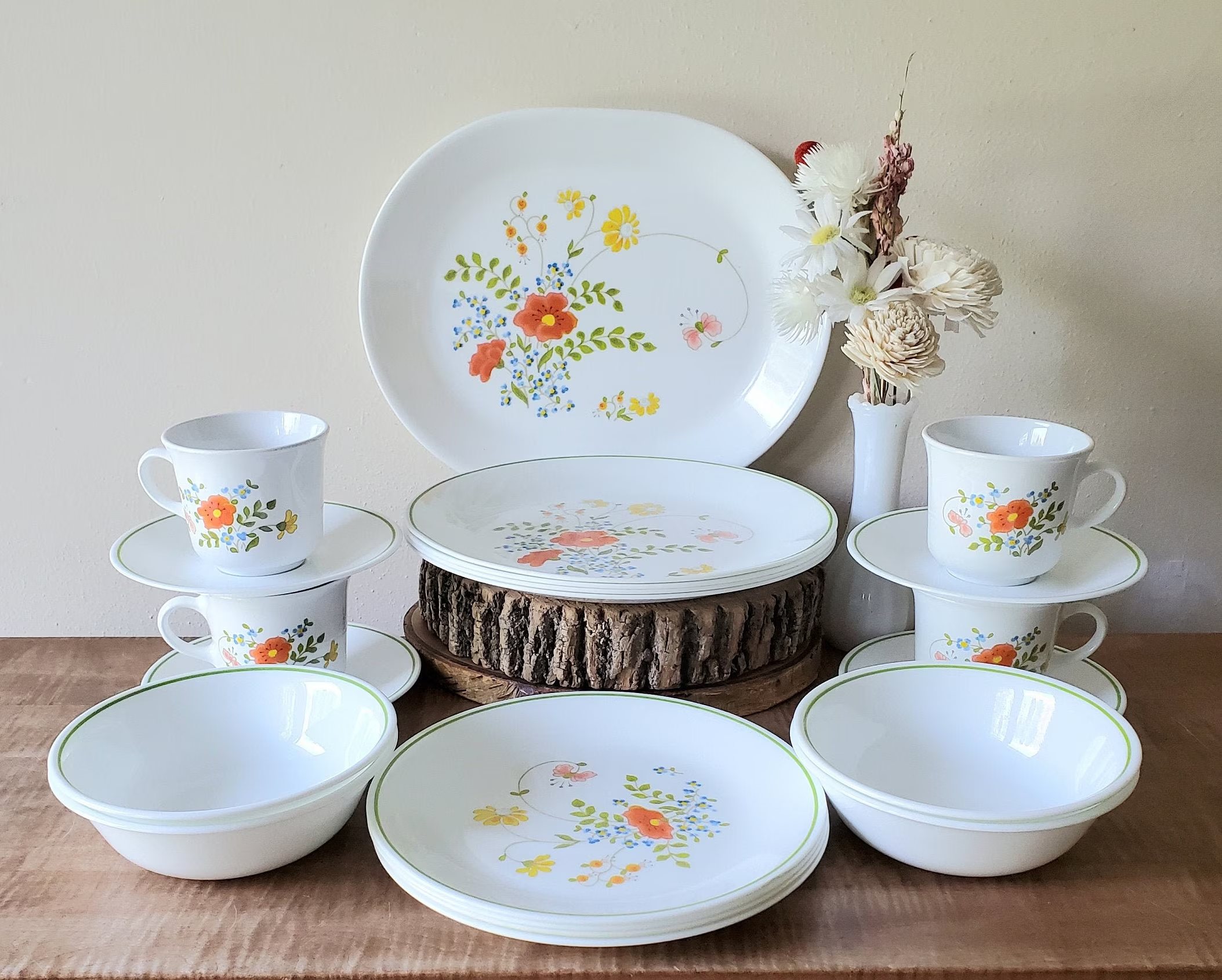
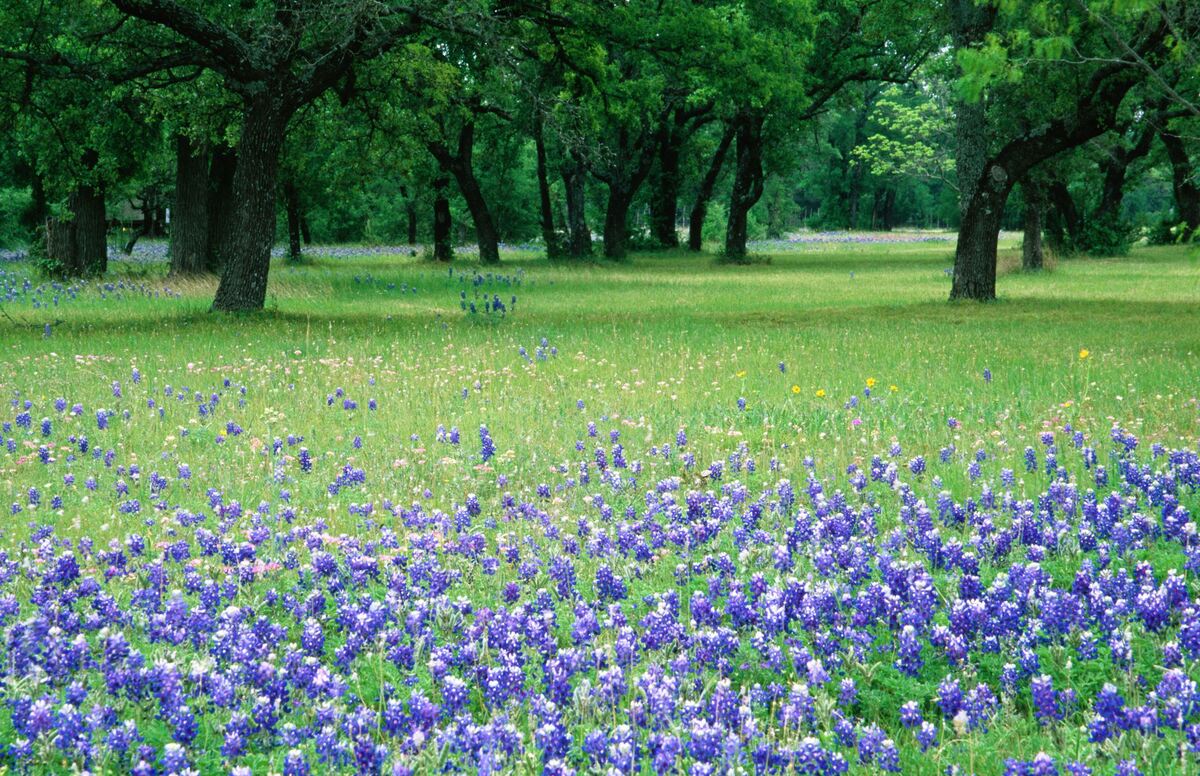
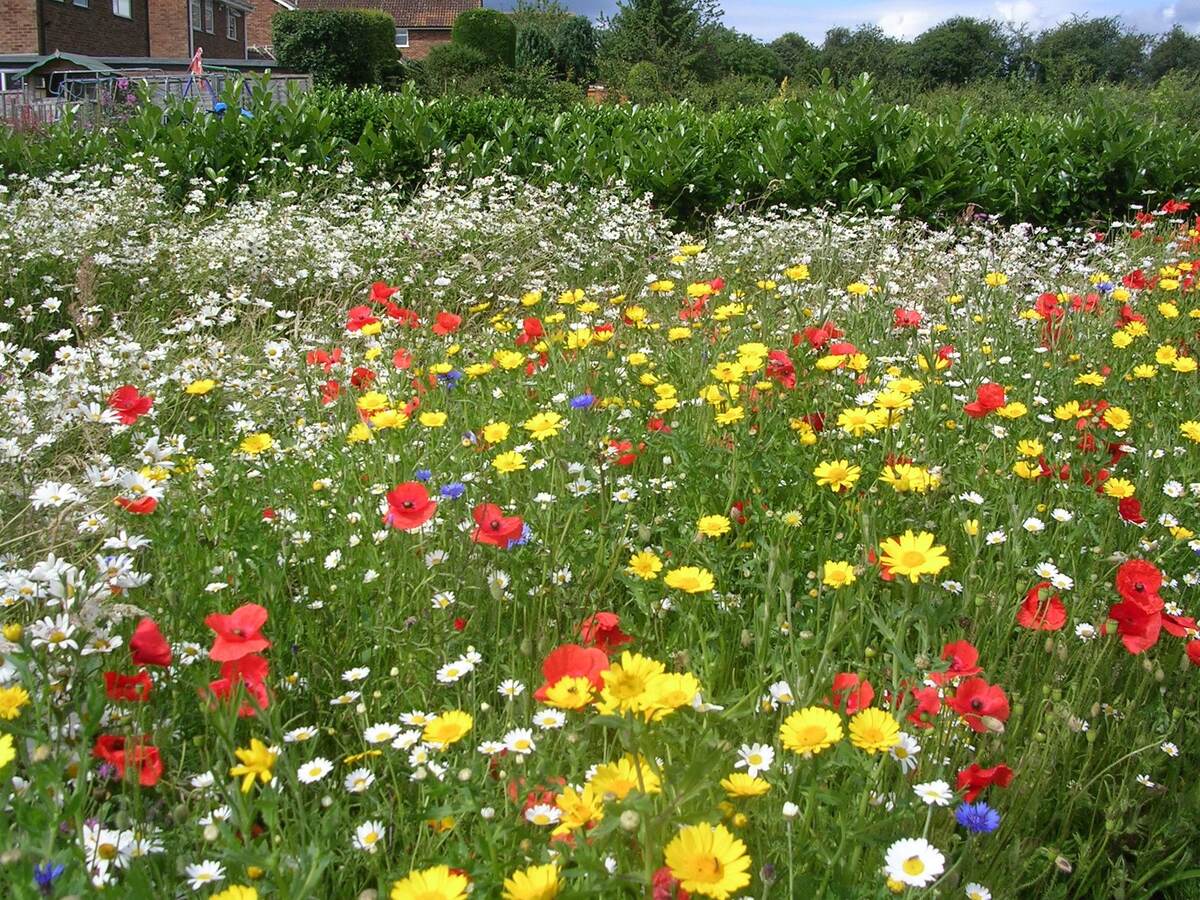
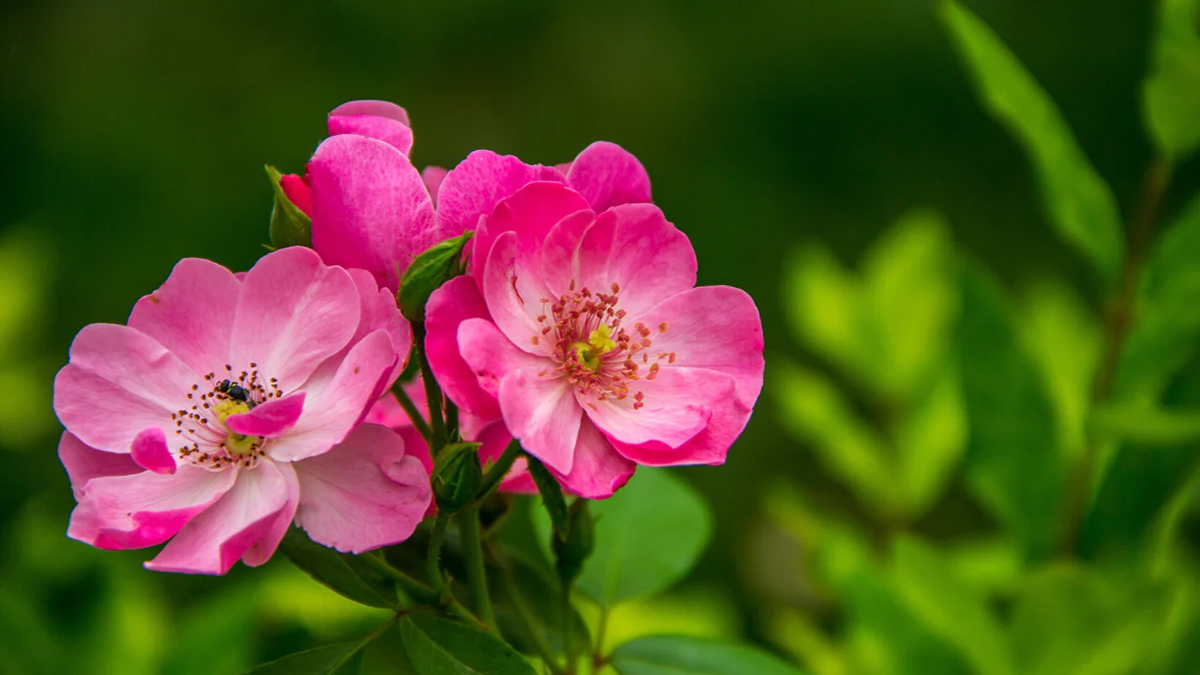
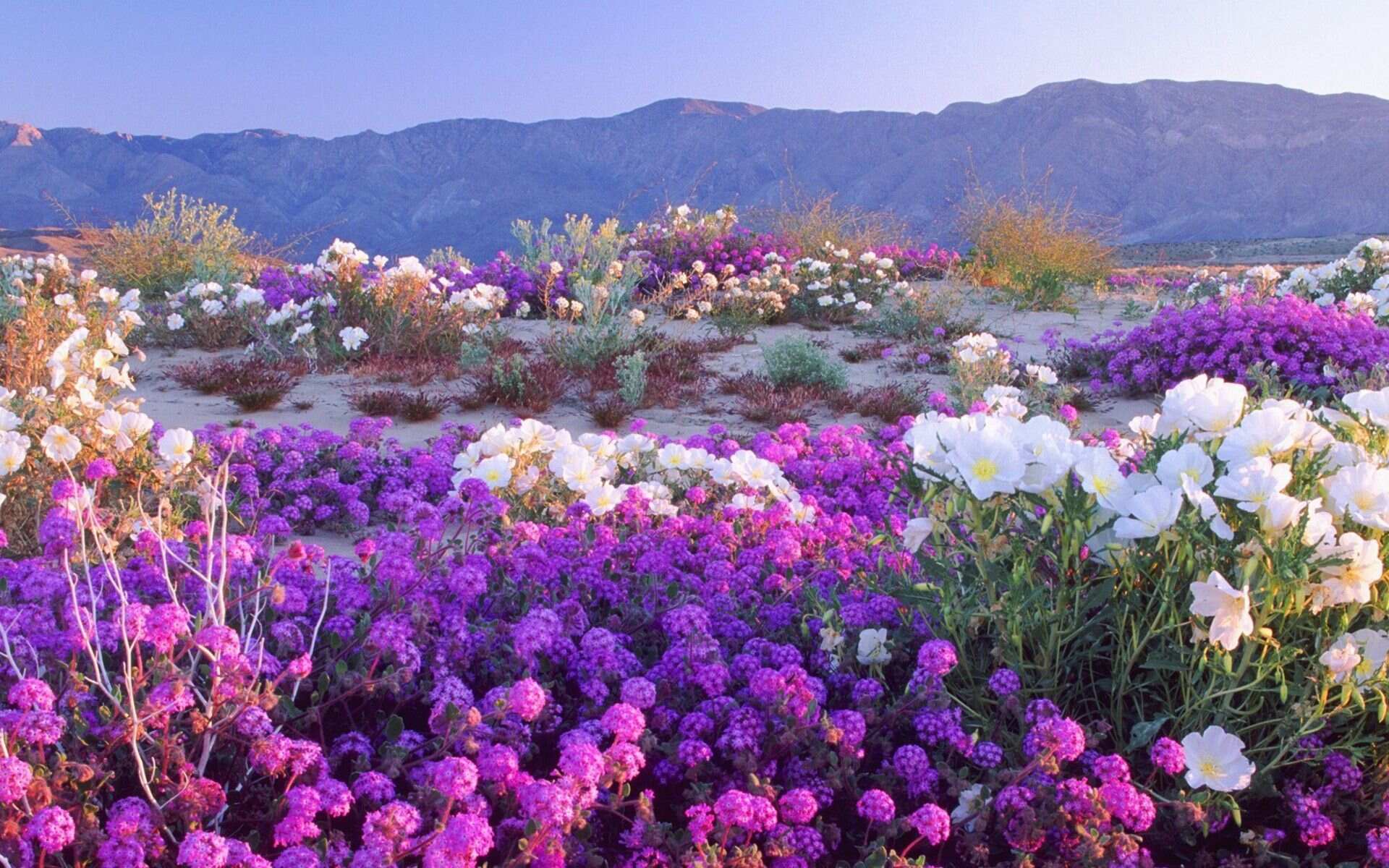
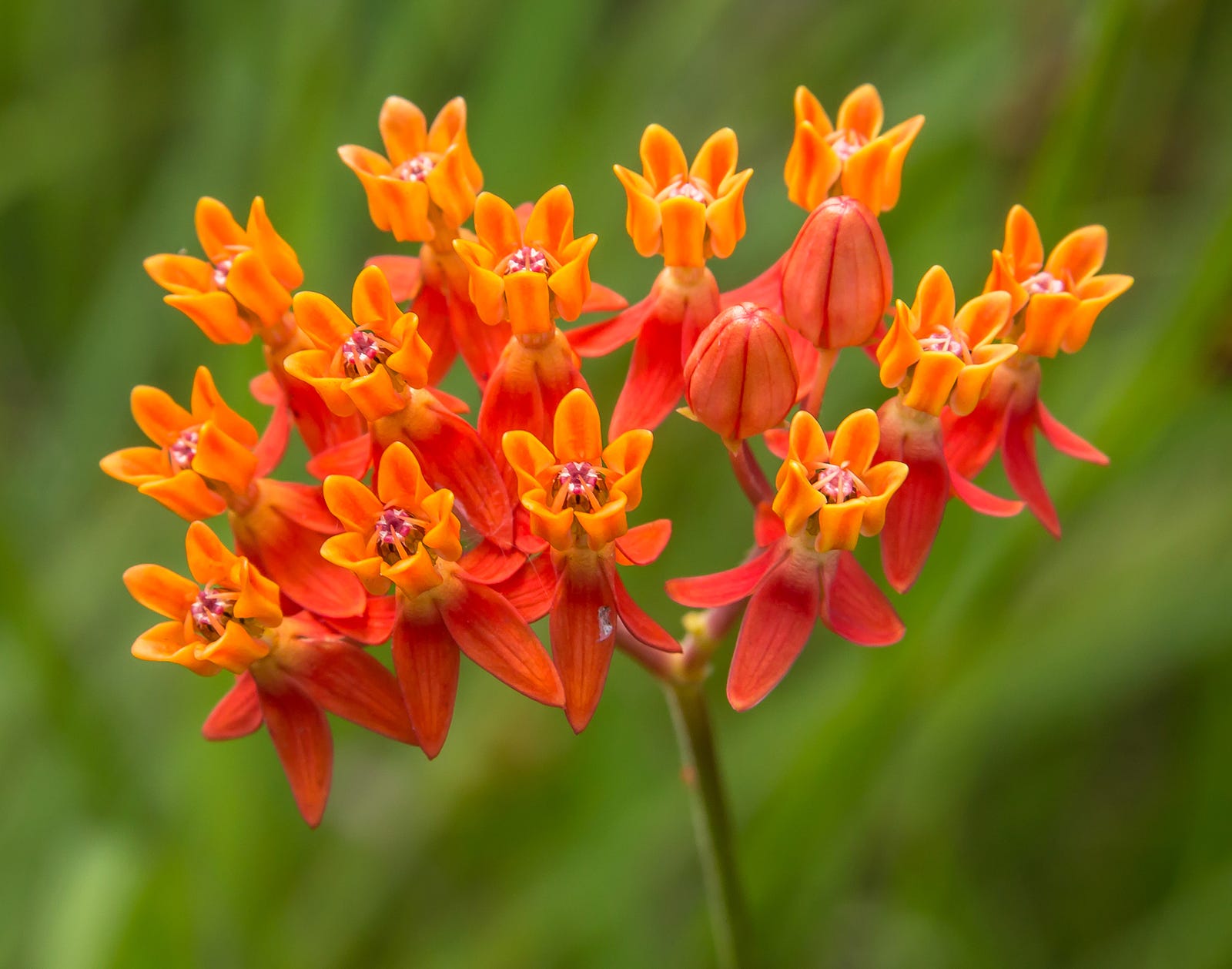

0 thoughts on “When To Seed Wildflower In Houston”